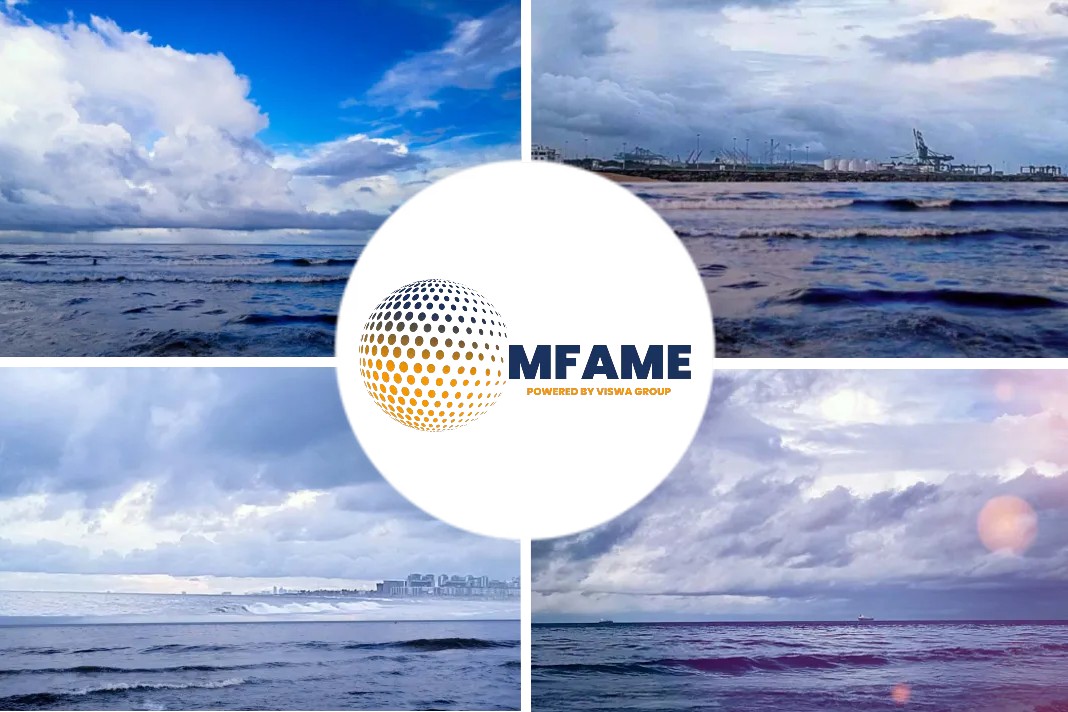by Charles Q. Choi
Ships can now have a devastating effect on ecosystems and economies, says Ian Davidson. By reimagining tankers, bulk carriers, cruise ships, and other vessels as different kinds of migratory animals, he offers a way to better predict their potential to carry invasive species around the world, the report says.
Ships as animals
The idea came to Davidson, a marine ecologist at the Smithsonian Environmental Research Center, as he analyzed ships at port for research on marine invasions. Ships “move around a lot, often on long-distance journeys like migrating animals,” he says. “But rather than being organisms, they carry organisms with them.”
“When animals—butterflies, migratory birds, and marine mammals, embark on migrations, they all have a certain timing, tempo, and route, and their behavior plays an important role as to how the migrations occur,” he says. Similarly, when it comes to ships, routes vary seasonally.
Ships grouped as species
Davidson realized that he could group the ships into different ship types—akin to different species—which by what they carry around the world, and where they go. He also clustered the ships based on physical traits, such as size and vessel complexity, as well as behavioral traits, including speed, the amount of time spent at ports, and how much ballast water they carry and release.
Bulk carriers vs Tankers
Davidson and his colleagues found that ships vary greatly in their ability to spread invasive species. Bulk carriers and tankers, for instance, typically discharge up to 20 times more ballast water than other ships. Bulk carriers also spend up to five times longer at port than other ships, largely because of the complexity of loading and unloading cargoes such as grains and ore. Both of these traits it increases their tendency to move species around.
Ships types as models
Jim Carlton, a marine ecologist at Williams College in Massachusetts, says the new study raises an important new layer in studying invasive species. “They’ve found that individual shipping types have remarkably different aspects to them, all of which are rarely captured in our models that try to predict the next invasion.”
These findings suggest a number of strategies to reduce invasion rates, such as focusing on ballast treatment for bulk carriers and oil tankers, or the many nooks and crannies on cruise vessels that invasive species might stick to, Davidson says. Future ballast water and hull treatment technologies could also be tailored to different ship types, recognizing that some are worse than others at spreading invasive species.
“In the future, if we can consider environmental effects, new designs might emerge, which could have a higher proportion of the fleet with a smaller environmental footprint compared to today,” Davidson says.
Did you subscribe for our daily newsletter?
It’s Free! Click here to Subscribe!
Source: Hakai Magazine
























